Pakistan is a country in South Asia. It is the sixth-most populous country with a population exceeding 199 million people.The territory that now constitutes Pakistan was previously home to several ancient cultures, including the Mehrgarh of the Neolithic and the Bronze Age Indus Valley Civilization, and was later home to kingdoms ruled by people of different faiths and cultures, including Hindus, Indo-Greeks, Muslims, Turco-Mongols, Afghans and Sikhs. The area has been ruled by numerous empires and dynasties, including the Indian Mauryan Empire, the Persian Achaemenid Empire, Alexander the Great, the Arab Umayyad Caliphate, the Mongol Empire, the Mughal Empire, the Durrani Empire, the Sikh Empire and the British Empire. As a result of the Pakistan Independence Movement led by Muhammad Ali Jinnah and the subcontinent’s struggle for independence, Pakistan was created in 1947 as an independent nation for Muslims from the regions in the east and west of the Subcontinent where there was a Muslim majority. Initially a Dominion, Pakistan adopted a new constitution 1956, becoming an Islamic republic. A civil war in 1971, resulted in the secession of East Pakistan as the new country of Bangladesh.
In addition to this little historical overview of Pakistan, at BU International Center for E. Asian Archaeology and Cultural History, we found a vast collection of color photos, depicting Pakistan in 1957.
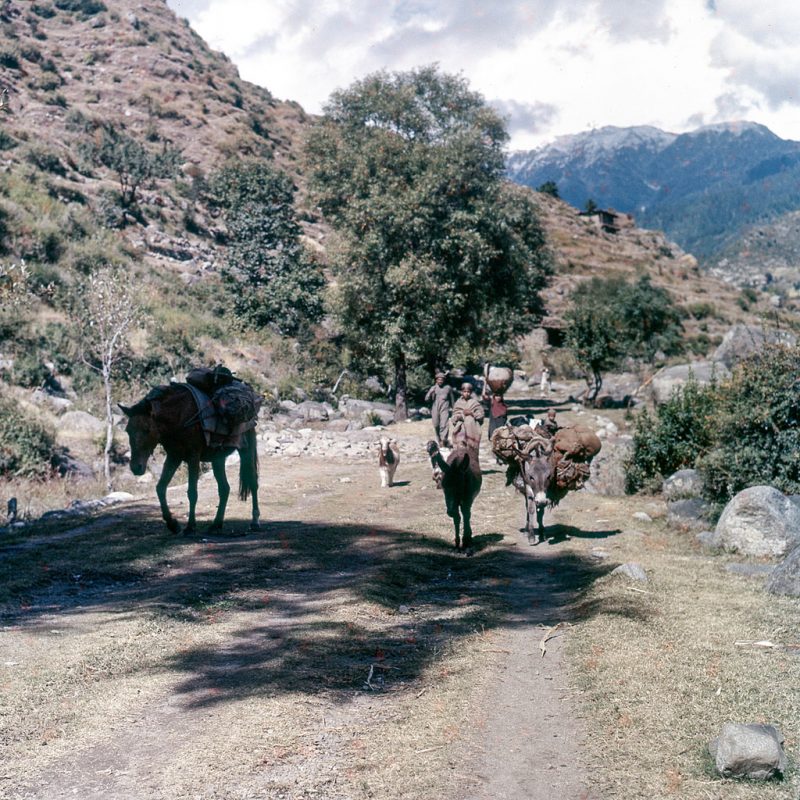
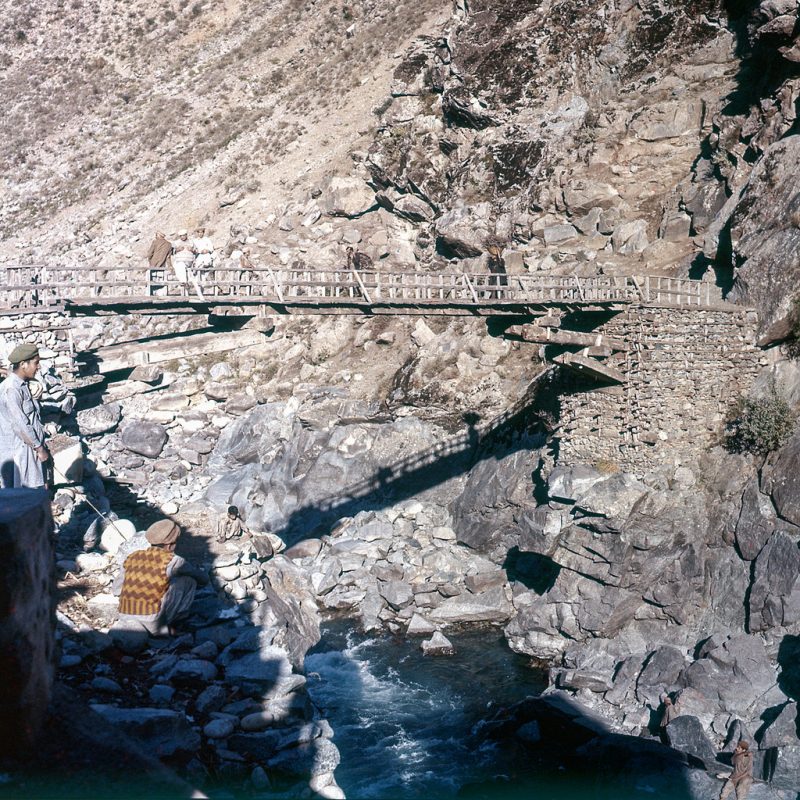
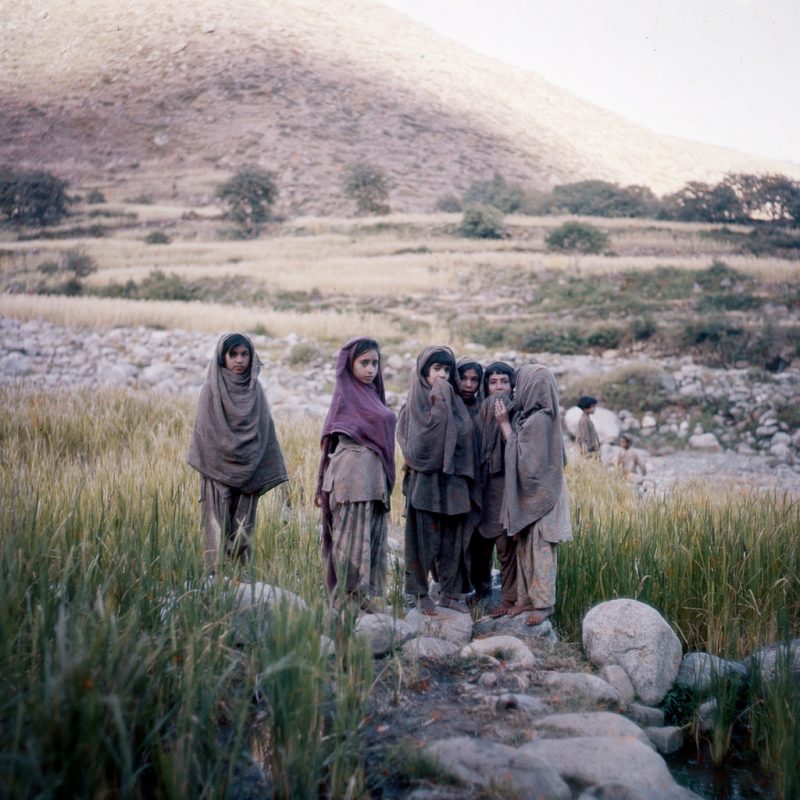
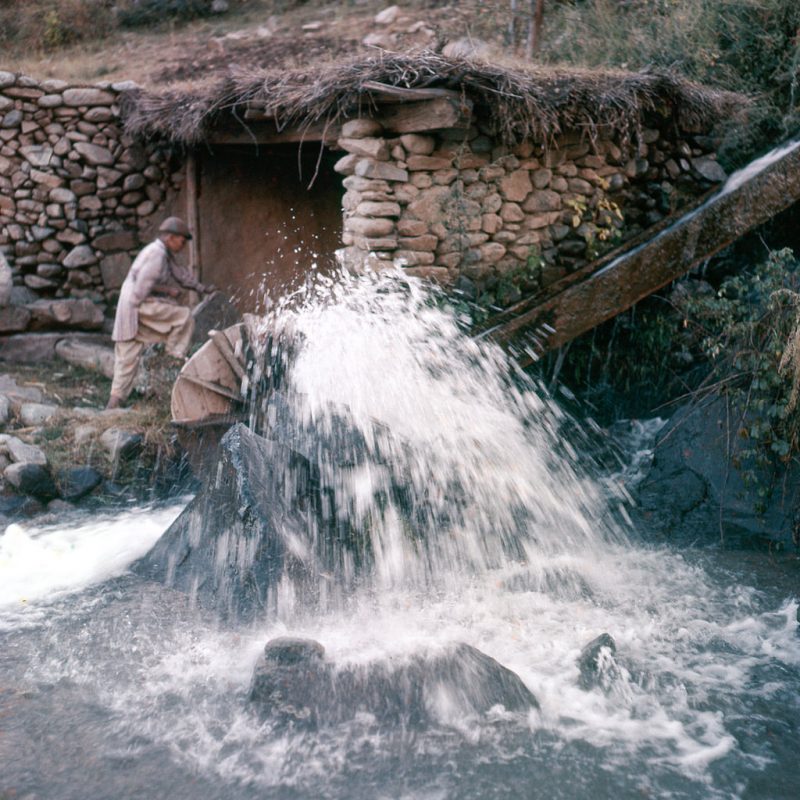
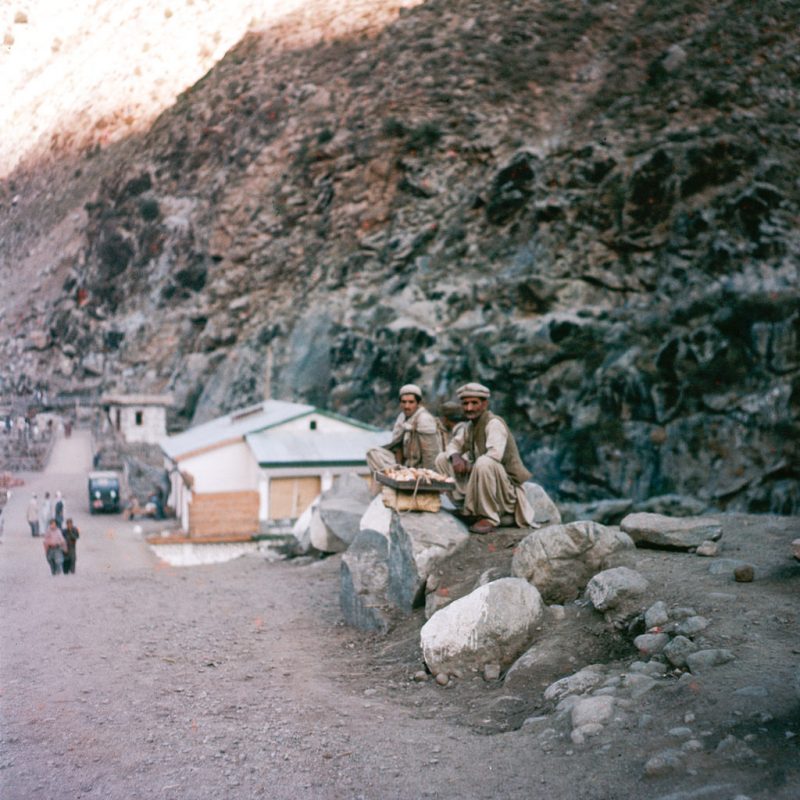
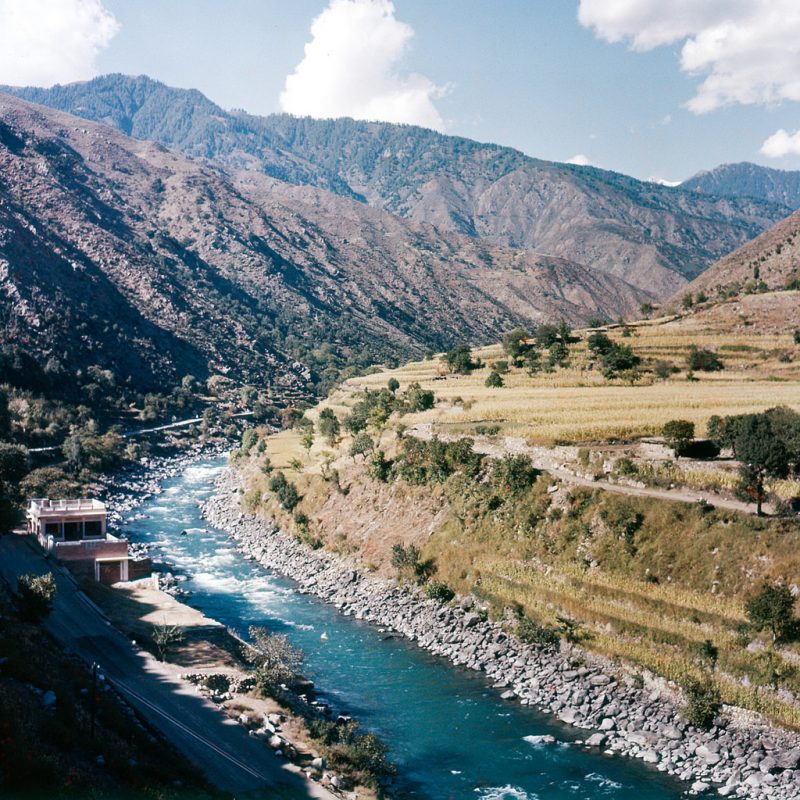
The name Pakistan literally means “Land of the Pure” in Urdu and Persian.Some of the earliest ancient human civilisations in South Asia originated from areas encompassing present-day Pakistan.The earliest known inhabitants in the region were Soanian during the Lower Paleolithic, of whom stone tools have been found in the Soan Valley of Punjab. The Indus region, which covers most of Pakistan, was the site of several successive ancient cultures including the Neolithic Mehrgarh and the Bronze Age Indus Valley Civilisation (2800–1800 BCE) at Harappa and Mohenjo-Daro.
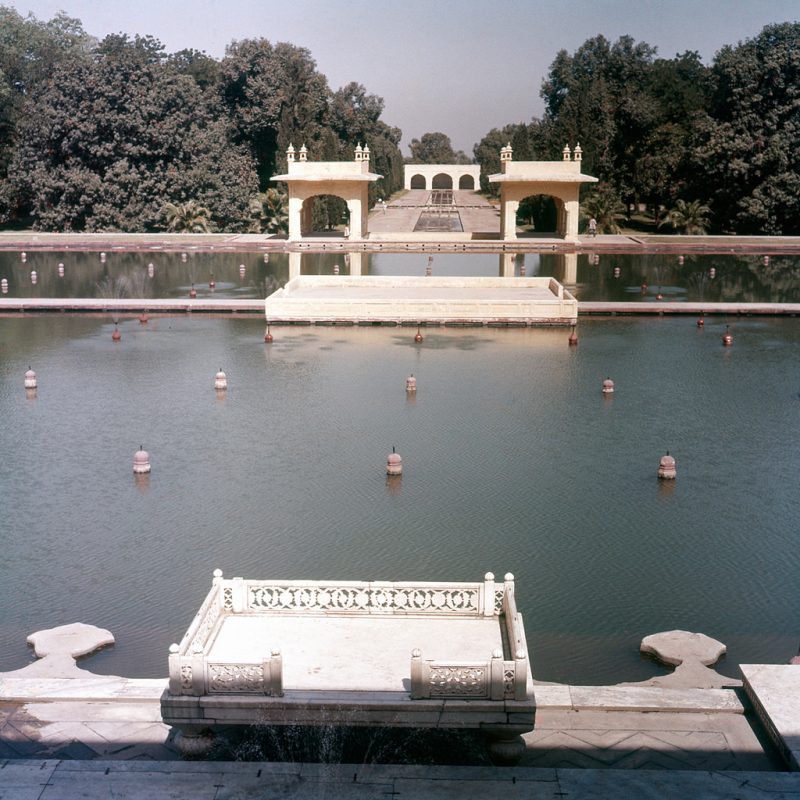
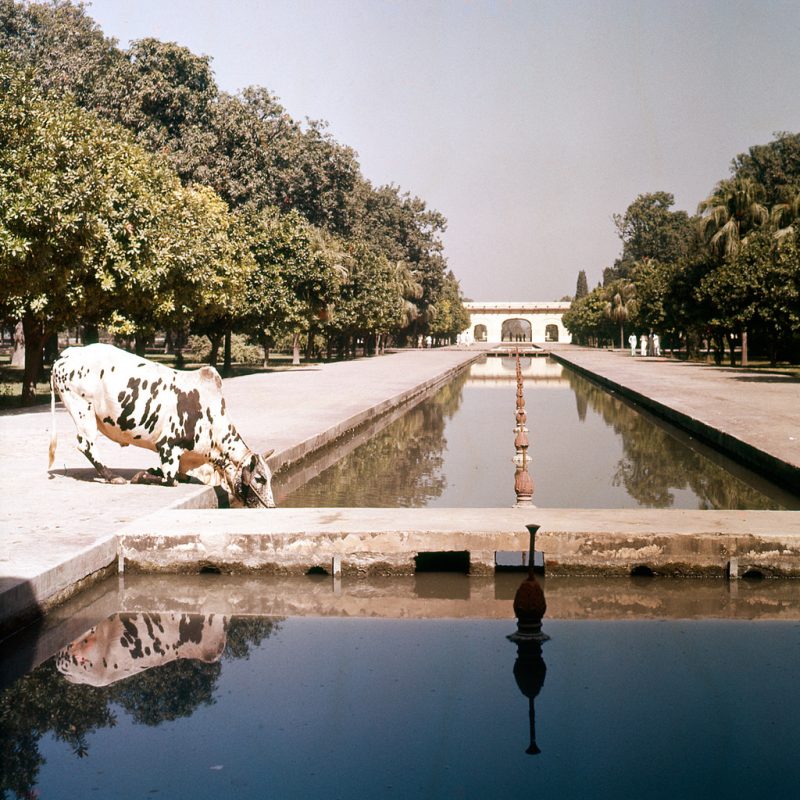
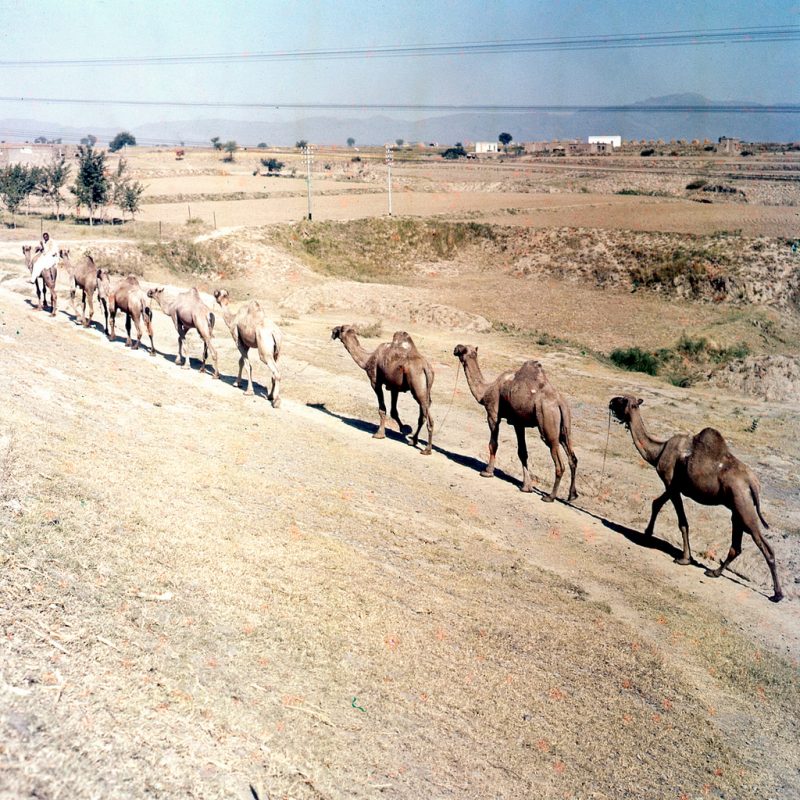
In the 19th century, the region was incorporated into British India. Pakistan’s political history began with the birth of the All India Muslim League in 1906 to protect “Muslim interests, amid neglect and under-representation” and to oppose Congress; in return the British Raj would decide to grant local self-rule. On 29 December 1930, philosopher Sir Muhammad Iqbal called for an autonomous new state in “northwestern India for Indian Muslims”. The League rose to popularity in the late 1930’s. Muhammad Ali Jinnah espoused the Two Nation Theory and led the League to adopt the Lahore Resolution of 1940, demanding the formation of independent states in the East and the West of British India. Eventually, a successful movement led by Jinnah resulted in the partition of India and independence from Britain, on 14 August 1947.
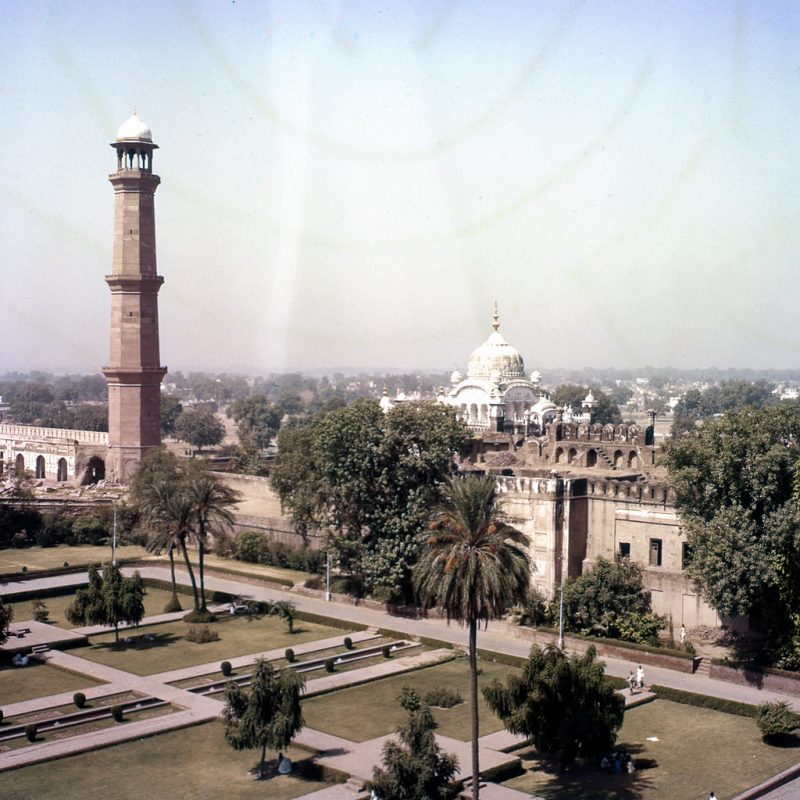
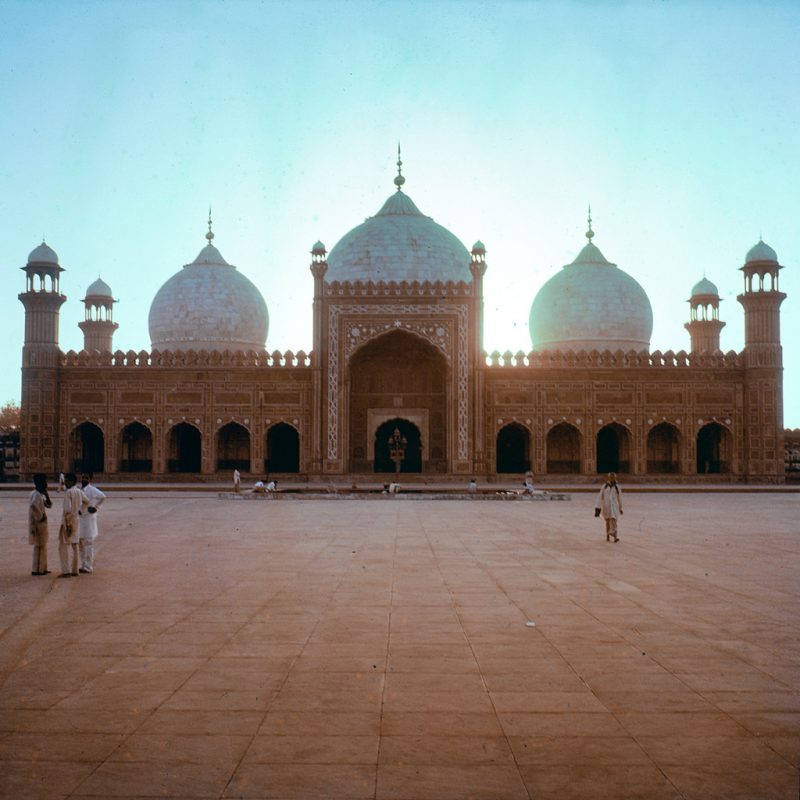
On 12 March 1949, the second constituent assembly of Pakistan passed the Objectives Resolution which was proposed by the first Prime Minister Liaquat Ali Khan, that proclaimed that the future constitution of Pakistan would not be modeled entirely on a European pattern, but on the ideology and democratic faith of Islam. The legislative elections in 1954 saw the Awami League coming to power and its leader Huseyn Suhrawardy becoming country’s first Bengali Prime minister. Promulgation of Constitution in 1956 lead to Pakistan declaring itself an Islamic Republic (official name) with the adoption of parliamentary democratic system of government. The constitution transformed the Governor-General of Pakistan into President of Pakistan (as head of state).
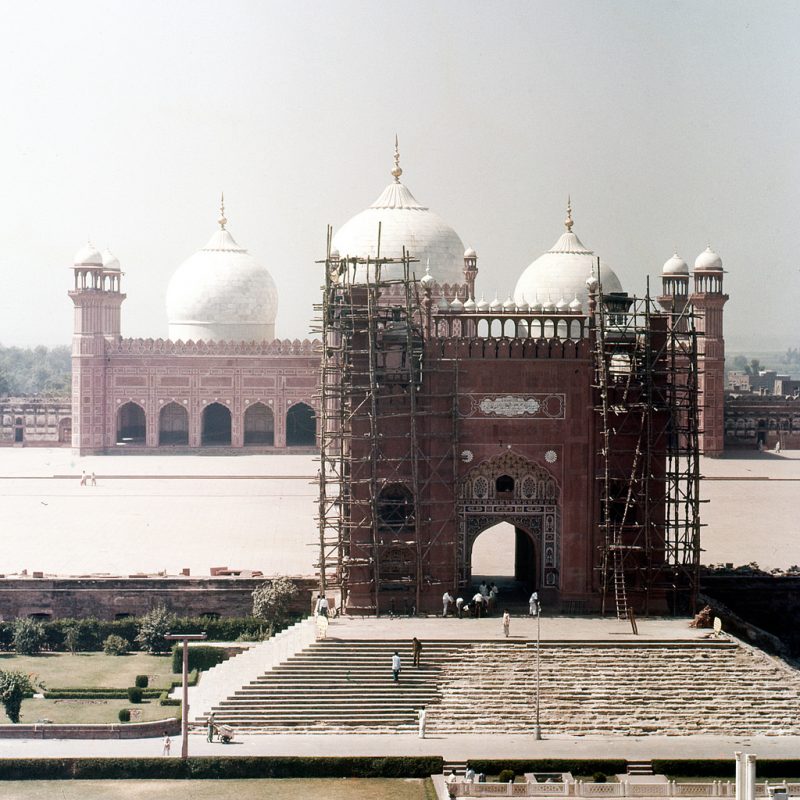
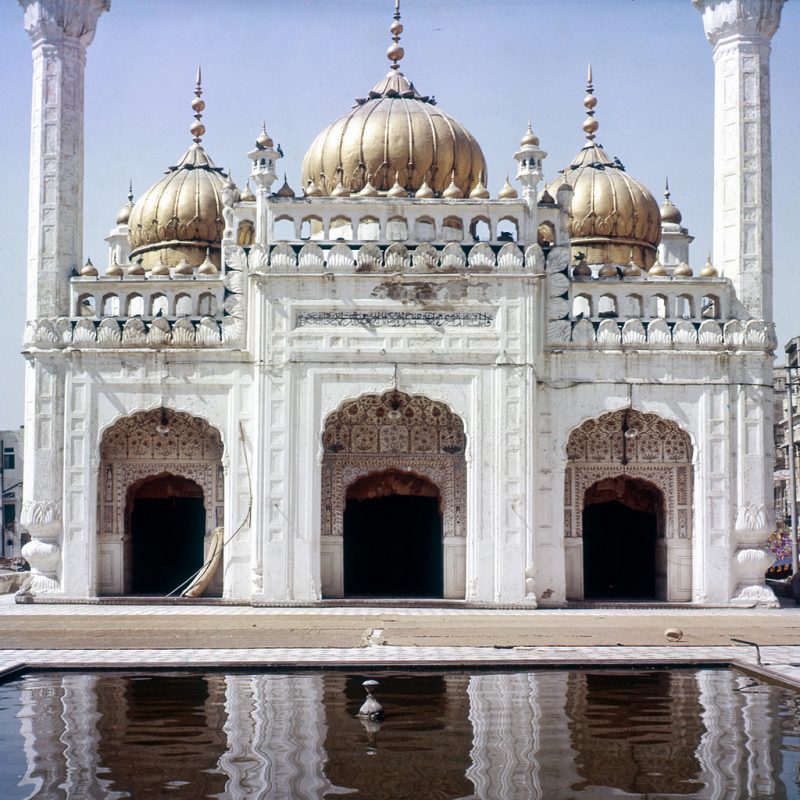
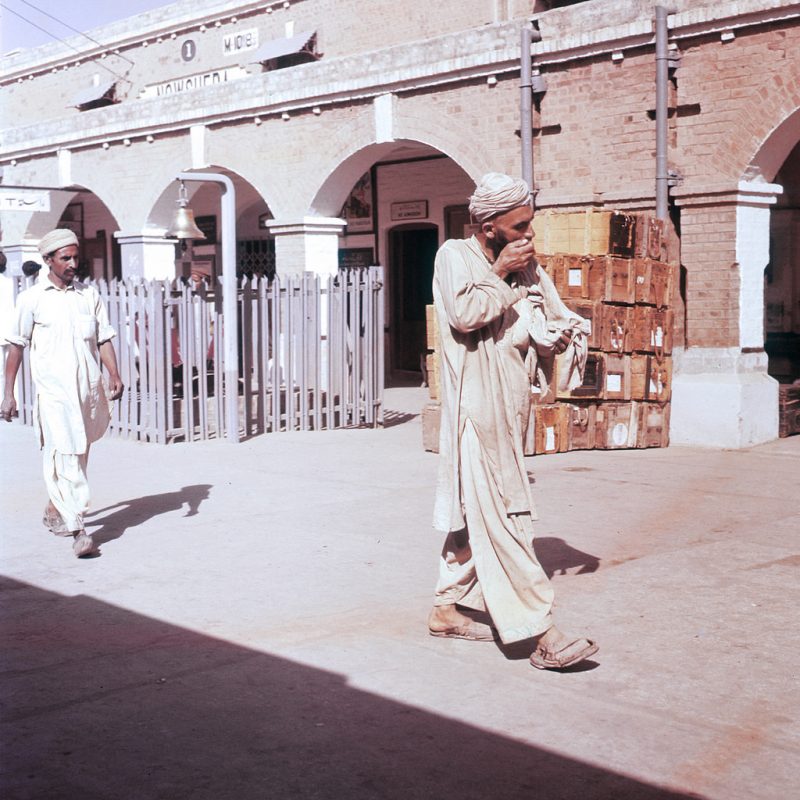
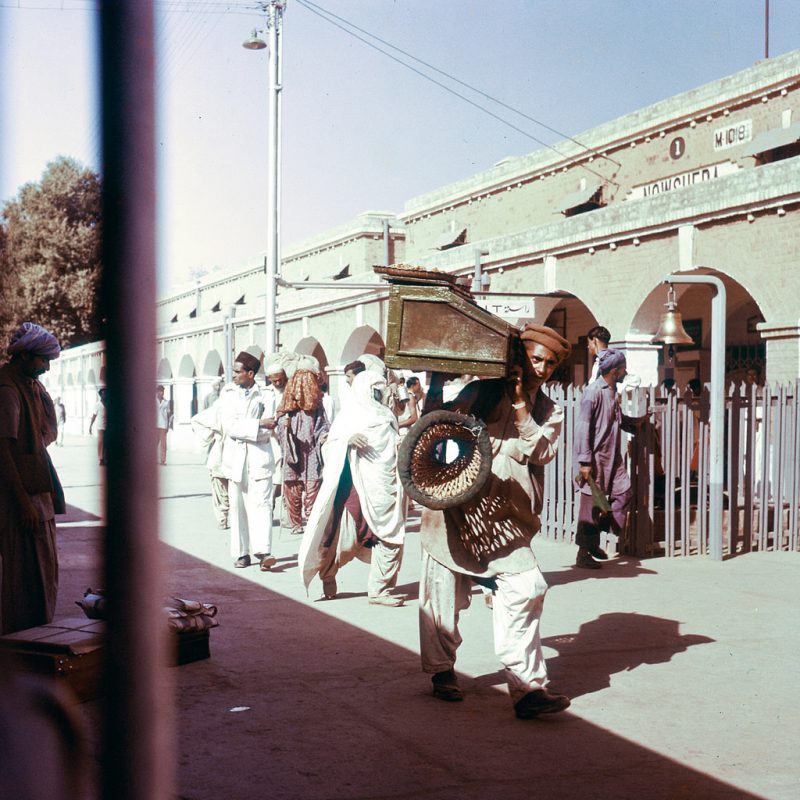
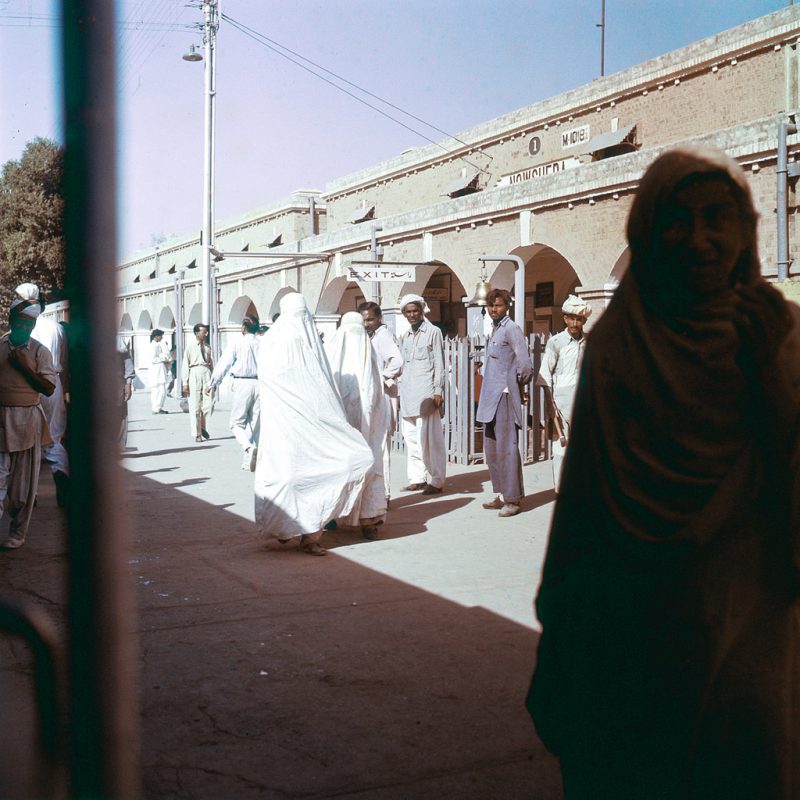
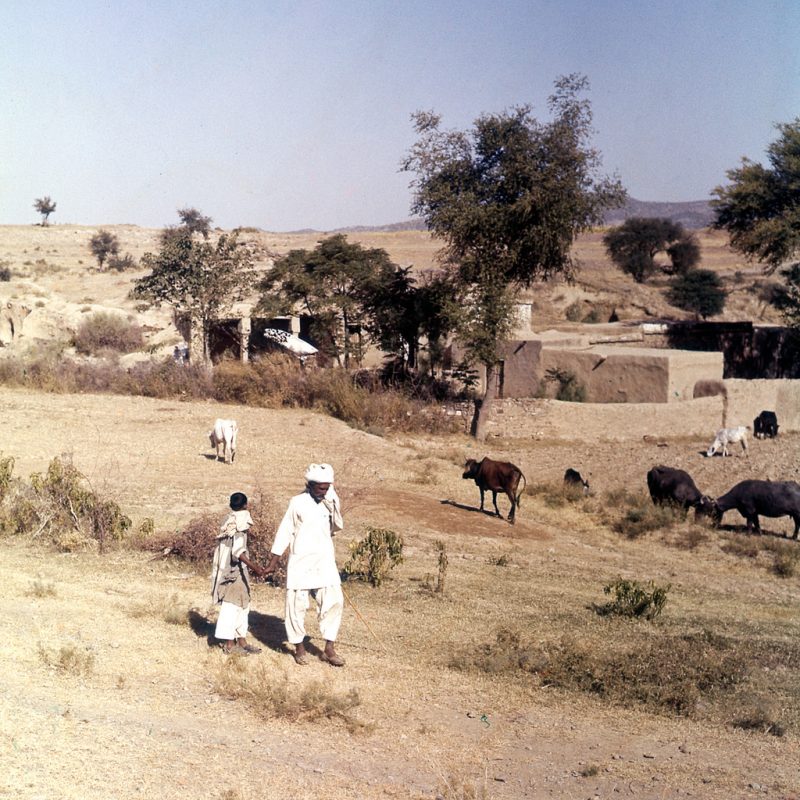
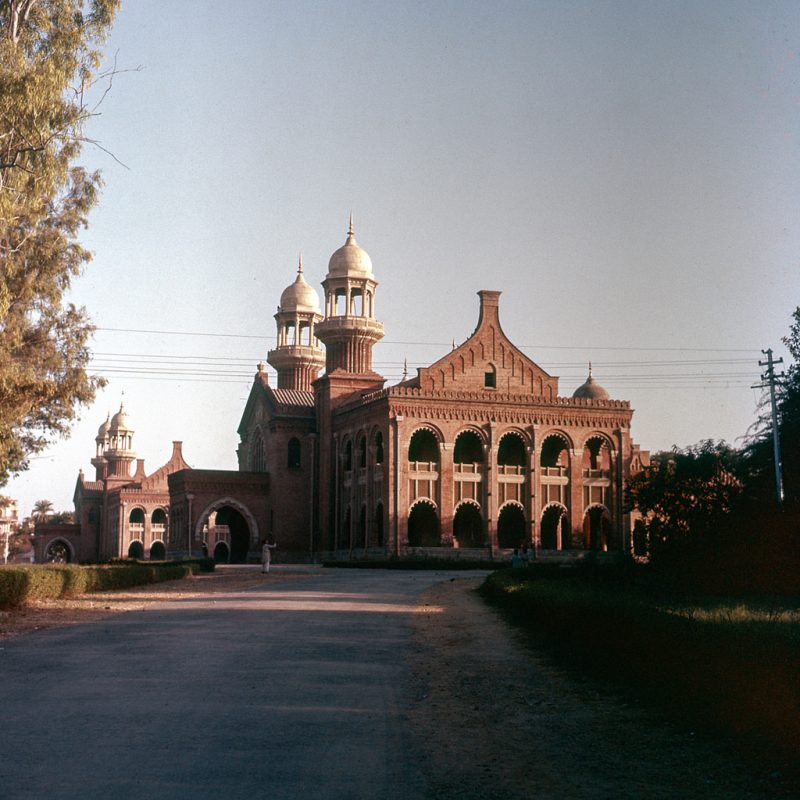
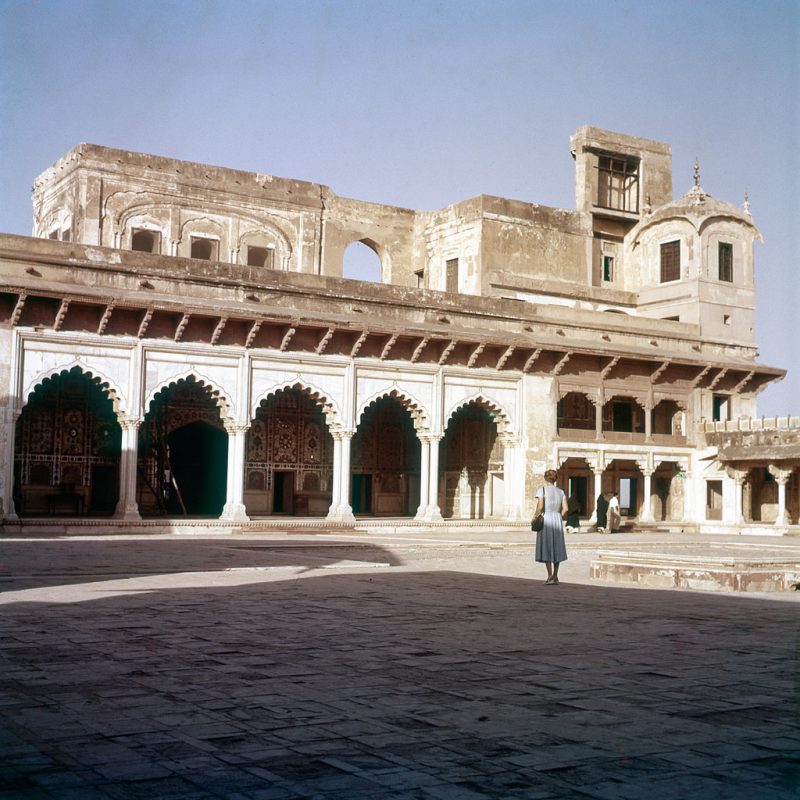
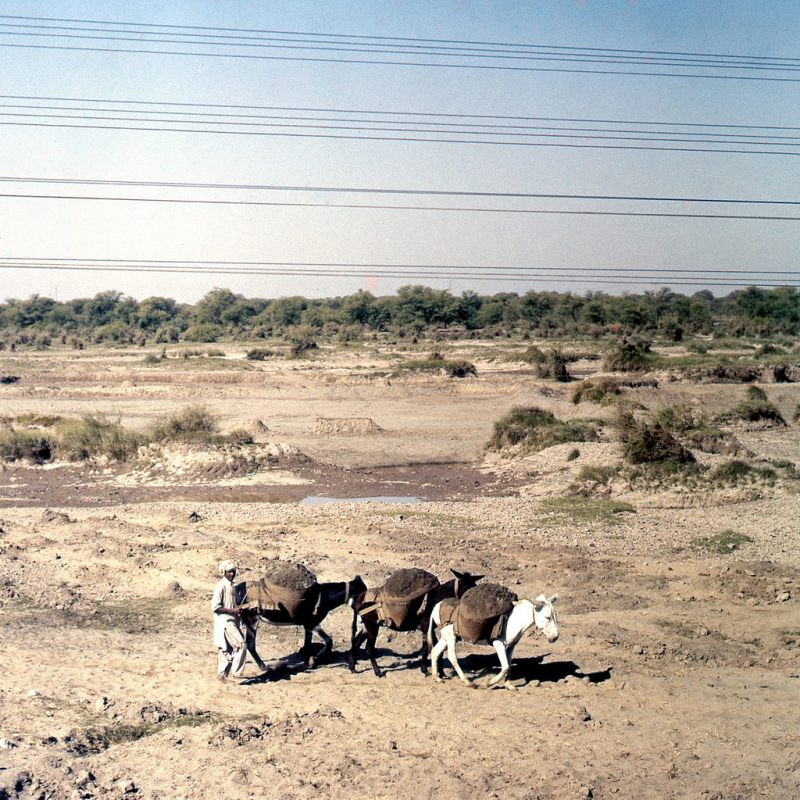
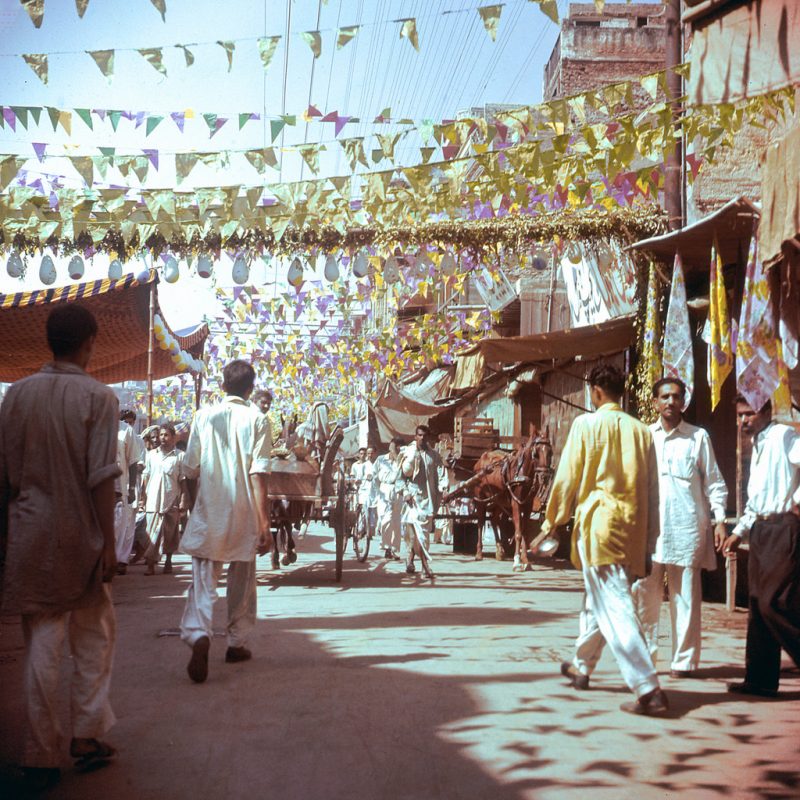
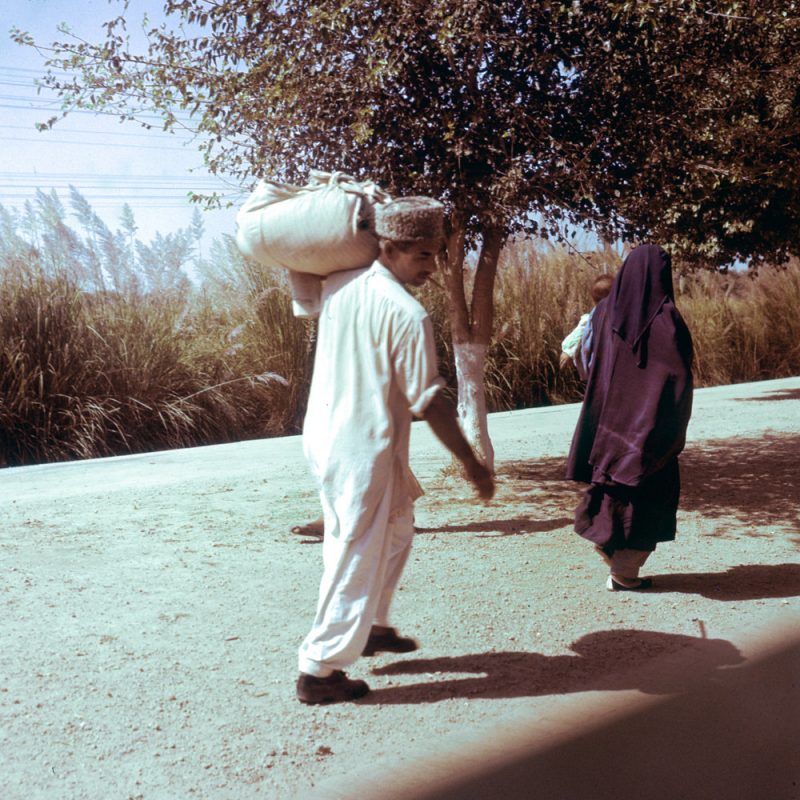
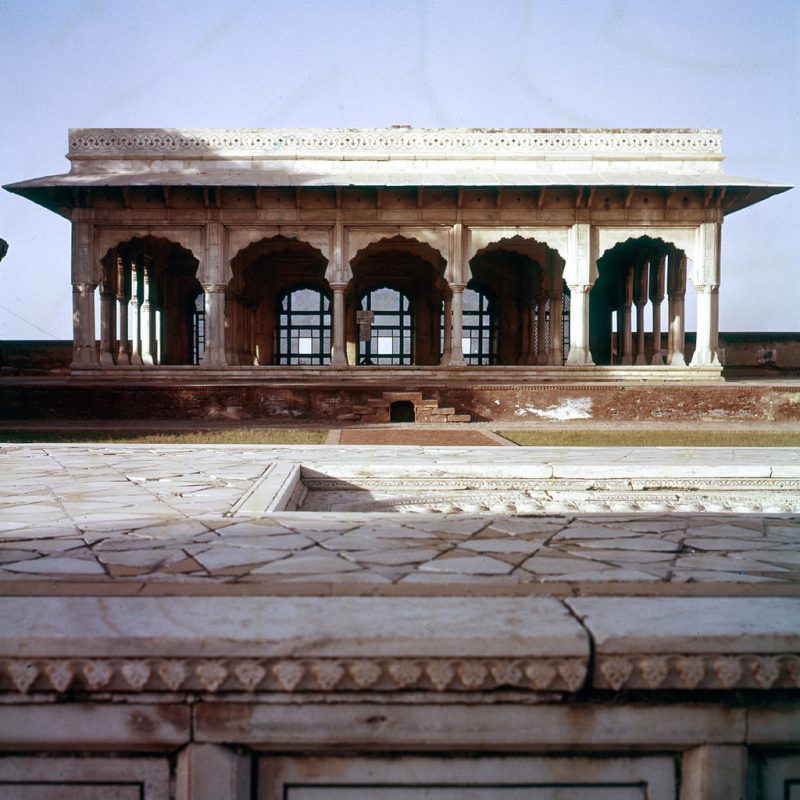
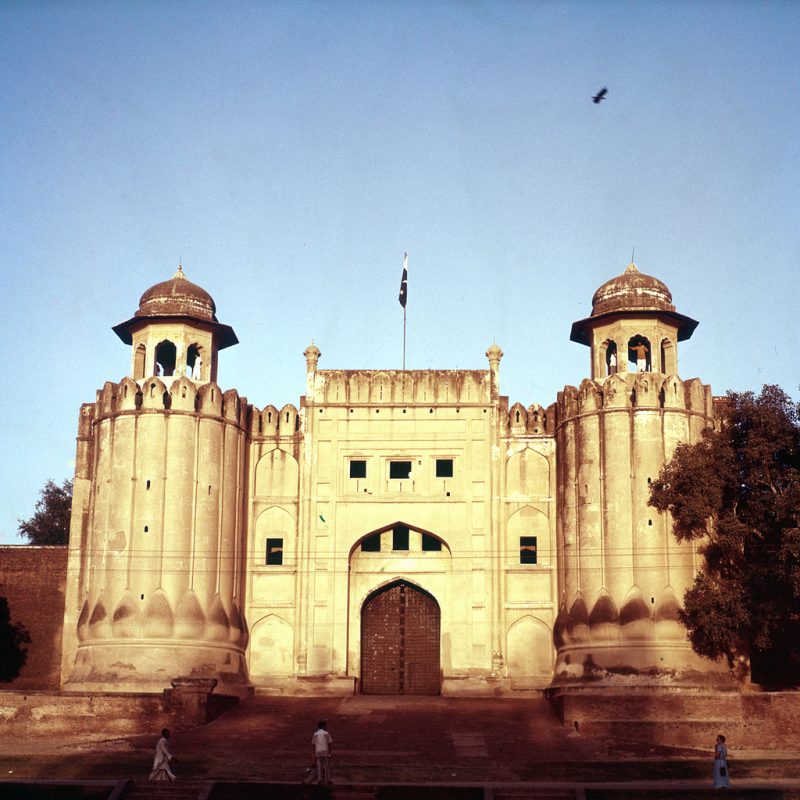
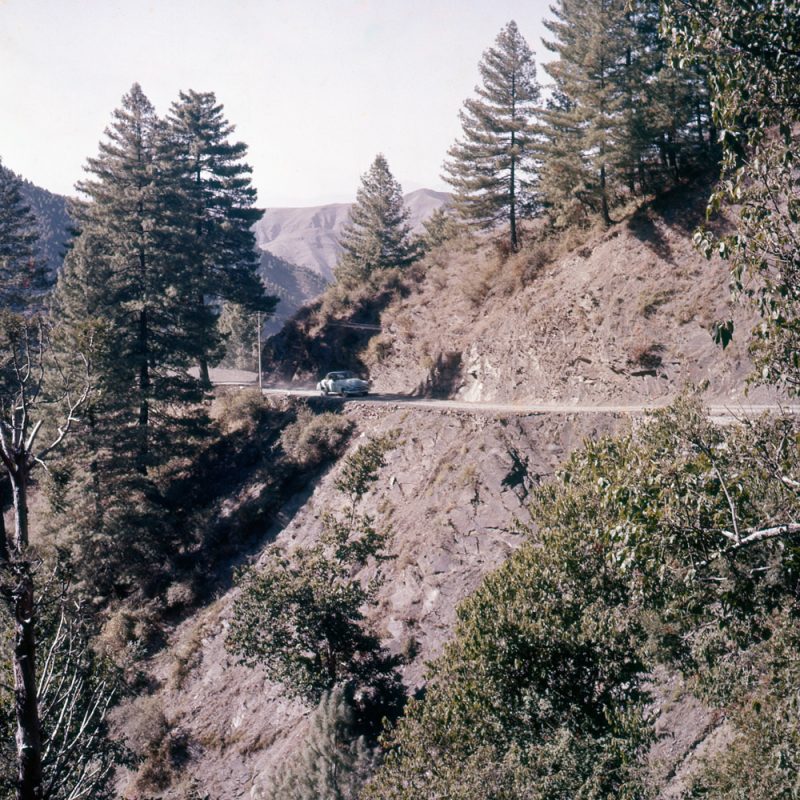
Democracy again returned which was resumed from 1972 to 1977, under the leftist PPP led by Zulfikar Ali Bhutto, until he was vanquished by General Zia-ul-Haq, who became the country’s third military president. Pakistan’s British-imposed colonial, but secular policies were replaced by the new Islamic Shariah legal code, which increased religious influences on the civil service and the military. With the death of President Zia-ul-Haq in 1988, the new general elections saw the victory of PPP led by Benazir Bhutto who was elevated as the country’s first female Prime Minister of Pakistan. Over the next decade, she alternated power with conservative Pakistan Muslim League-N (PML(N)) led by Nawaz Sharif, as the country’s political and economic situation deteriorated. Military tensions in the Kargil conflict with India were followed by a 1999 coup d’état in which General Pervez Musharraf assumed executive powers.
All photos by: BU Int’l Center for E. Asian Archaeology & Cultural History (Used with permission)
